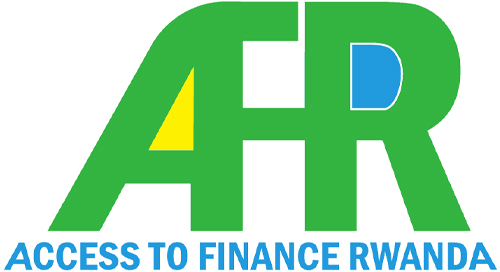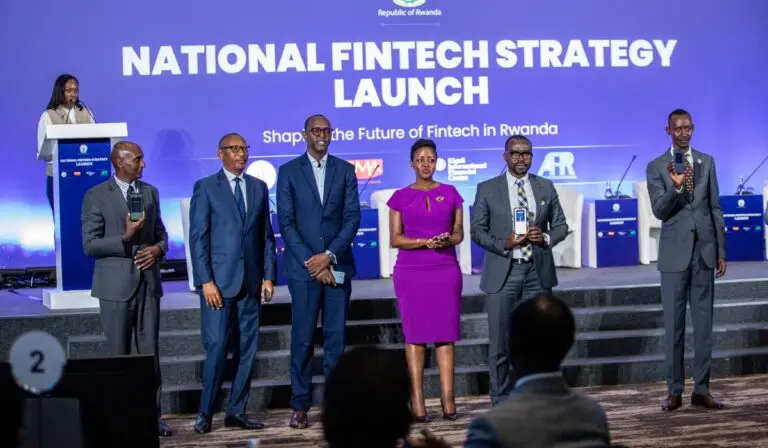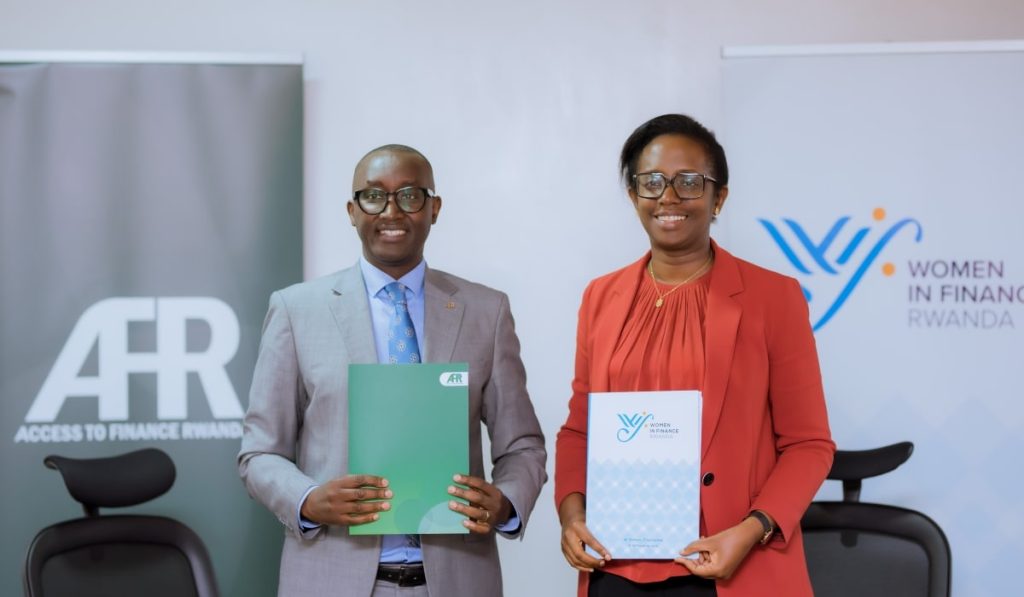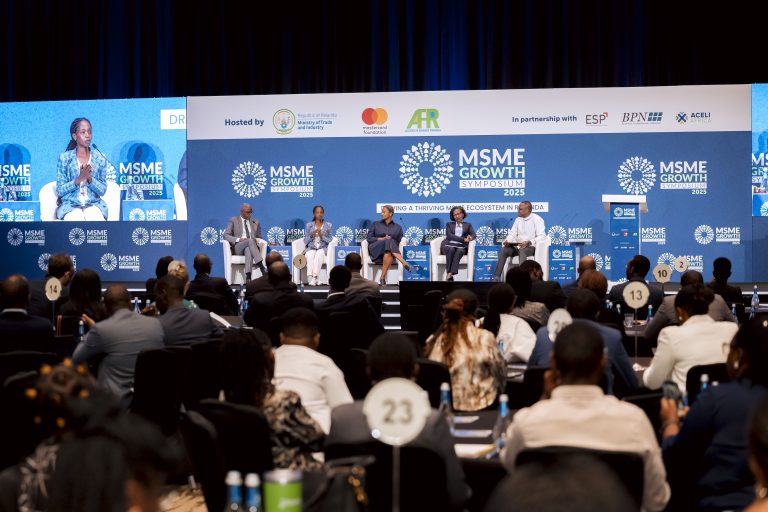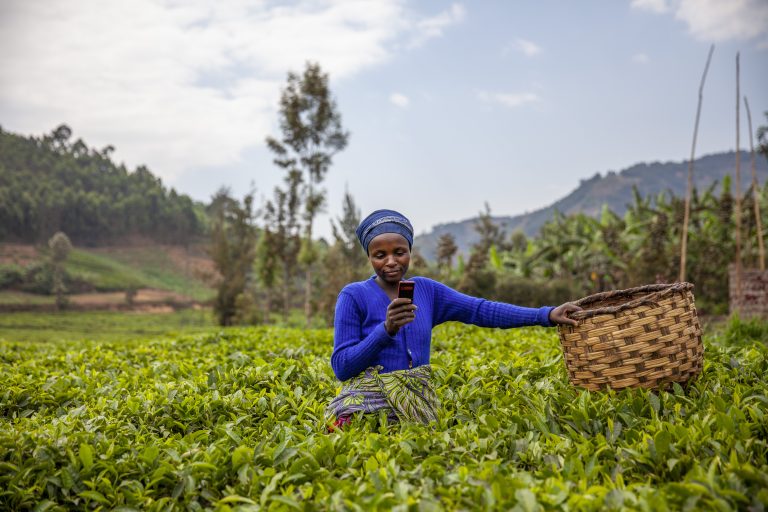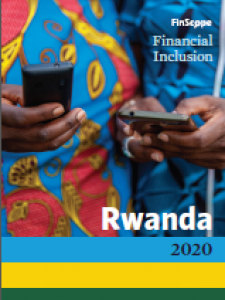
- Tender
FinScope Survey 2020 Report
- Share this article on:
- Related Insight
Explore Other Articles
Diane Karusisi, Council Member of Women in Finance Rwanda (WIFR) and Access to Finance Rwanda CEO Jean Bosco Iyacu, during the signing ceremony of a new partnership On May 21. Courtesy
